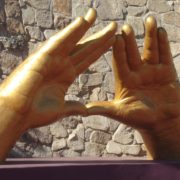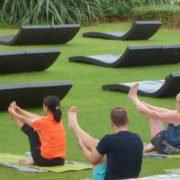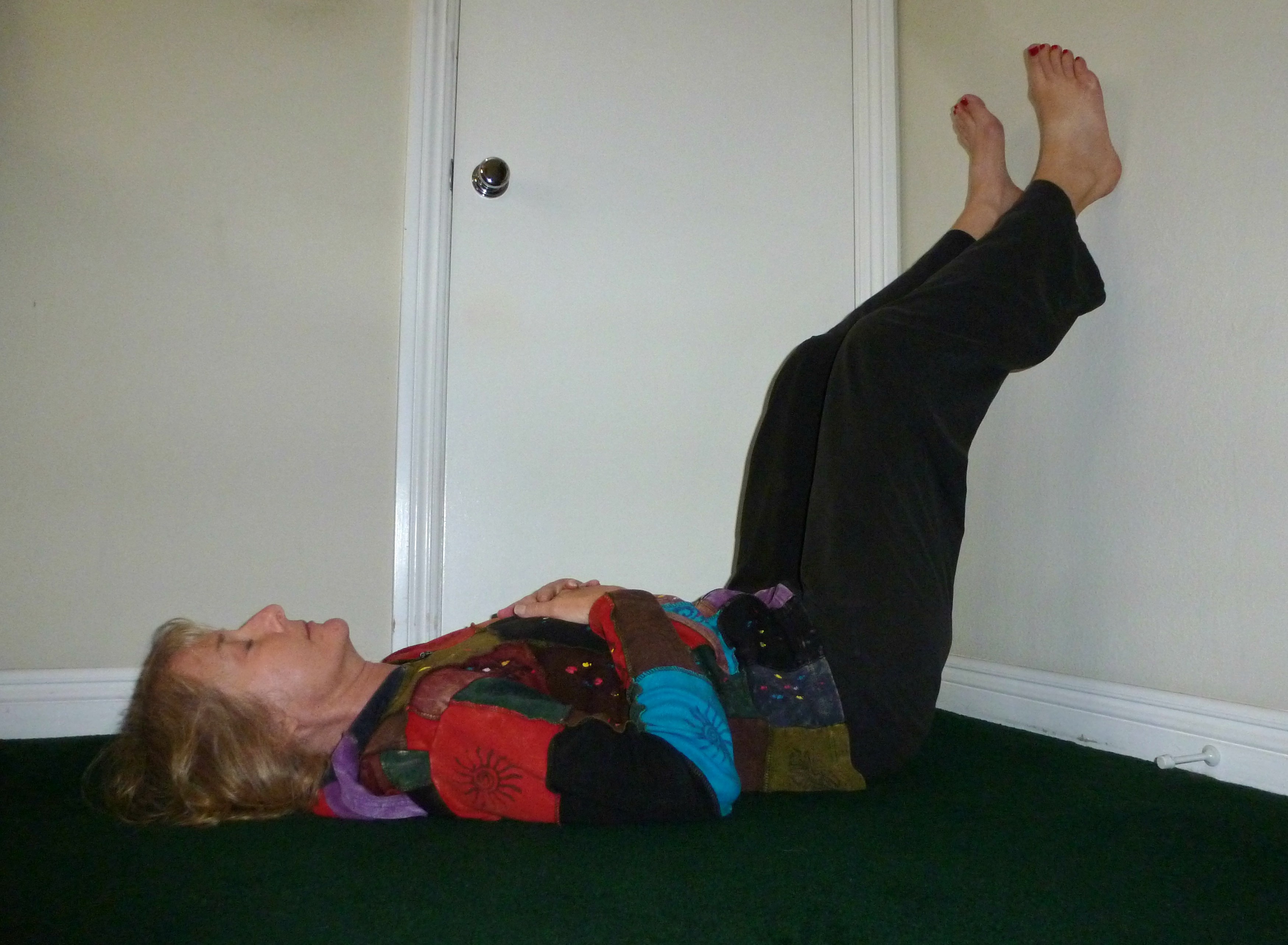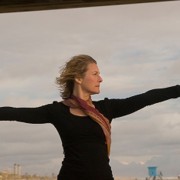Do essential oils truly calm stress and boost the immune system?
I remember my first exposure to essential oils through my yoga teacher training and was fascinated by the claims made that certain aromatic scents had differing impacts on the mind and body. Now, I’m not the type of person that believes everything I hear, so I figured I would try it out for myself. What I immediately experienced was a sense of attraction to some oils and a sense of resistance to others. It also reminded me that one of the first perfumes I liked as a little girl because it brought me a sense of calm was one that smelled like lemons!
My yoga teacher training also expanded my view of what yoga is. Most of us think of it as a movement-based practice, commonly perceived as stretching. However, what I learned is that before you even venture on a mat to move your body, there are actually two rungs of the ladder to step on before coming to the asanas or poses. The first rung is known as the Yamas or guiding principles in how we interact with others and the second rung is known as the Niyamas or guiding principles to how we interact with ourselves. The Yamas and Niyamas are 10 “common sense” guidelines for leading a healthier, more peaceful life and have as much to do with the mind and spirit as they do with the body.
So what do these yogic guidelines have to do with essential oils you ask? Well, one Niyama in particular, Santosha or contentment, suggests being at peace within even while experiencing life’s challenges. For many of us this idea seems quite elusive, especially if we suffer from the lingering impacts of trauma. When our bodies are in a hyper-alert fear state, it is very difficult for the mind to focus on being happy with what we have. Instead, we find ourselves simply doing what we can to survive and our immune systems suffer right along with the mind. So when I read a new research study that showed encouraging mind-body results by merely inhaling orange essential oil, it got my attention!
This recent research looked at PTSD symptoms and the types of immune cells that play a role in the PTSD disease process when mice passively inhaled orange essential oil. The results indicated a significant reduction in PTSD symptoms and decrease in the related immune cells. These outcomes are very encouraging since essential oils are much more economical than the medications that are currently prescribed and do not have the adverse side effects of such medications. Plus they’re pleasant to the nose!
Whether or not you suffer from PTSD symptoms, we all live in a very stressful world. So what do you have to lose by simply buying a bottle of orange essential oil and a diffuser (prices range from $10 to $50 dollars) and setting it up at home or even in your office? You can sit back, breathe deeply, and tune into your level of Santosha and that of your family, friends, and co-workers. Worst case scenario is you might find them craving oranges and wondering why!
If you tend to be a little skeptical about all of the complementary and alternative medicine practices that claim to produce the same benefits as our more traditional, Western medicine, click the link below to read more on this recent study:










